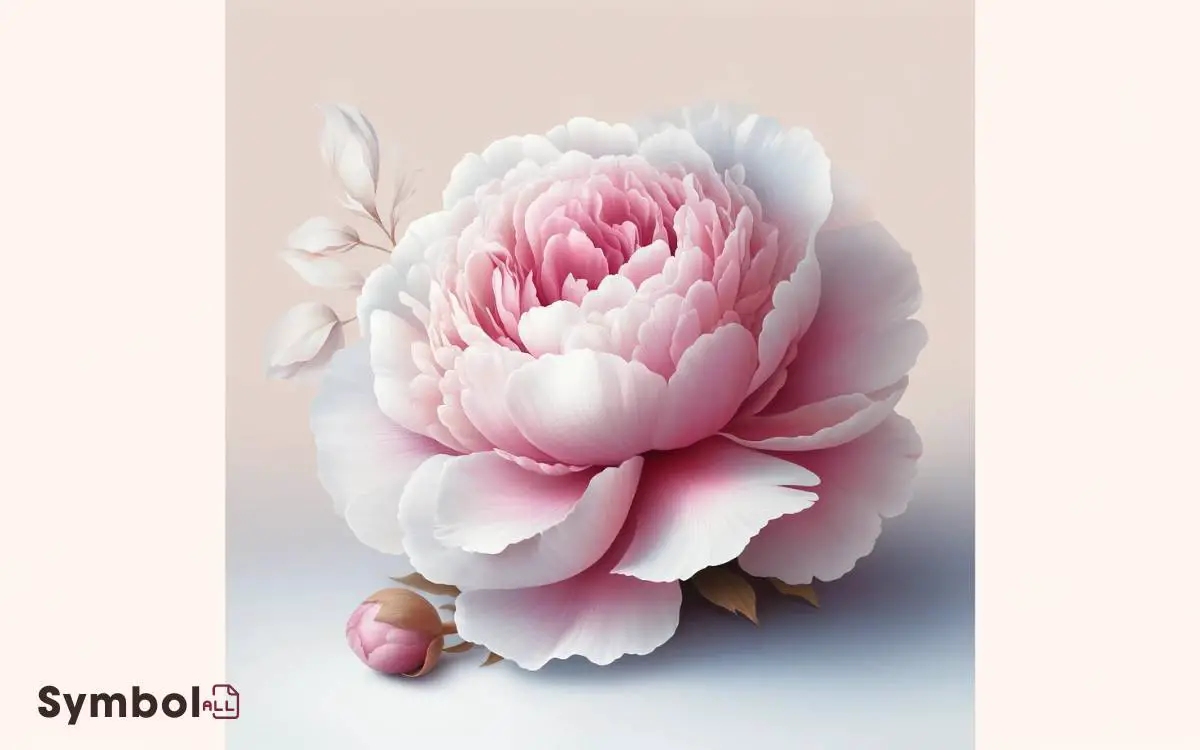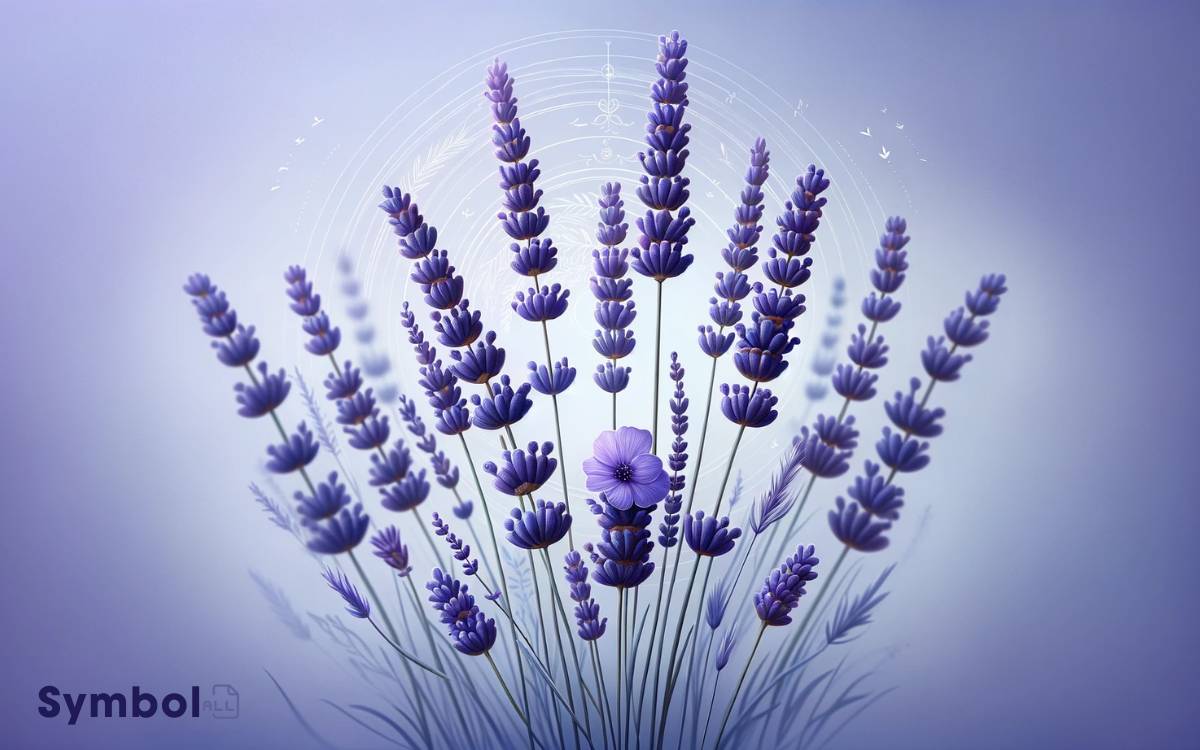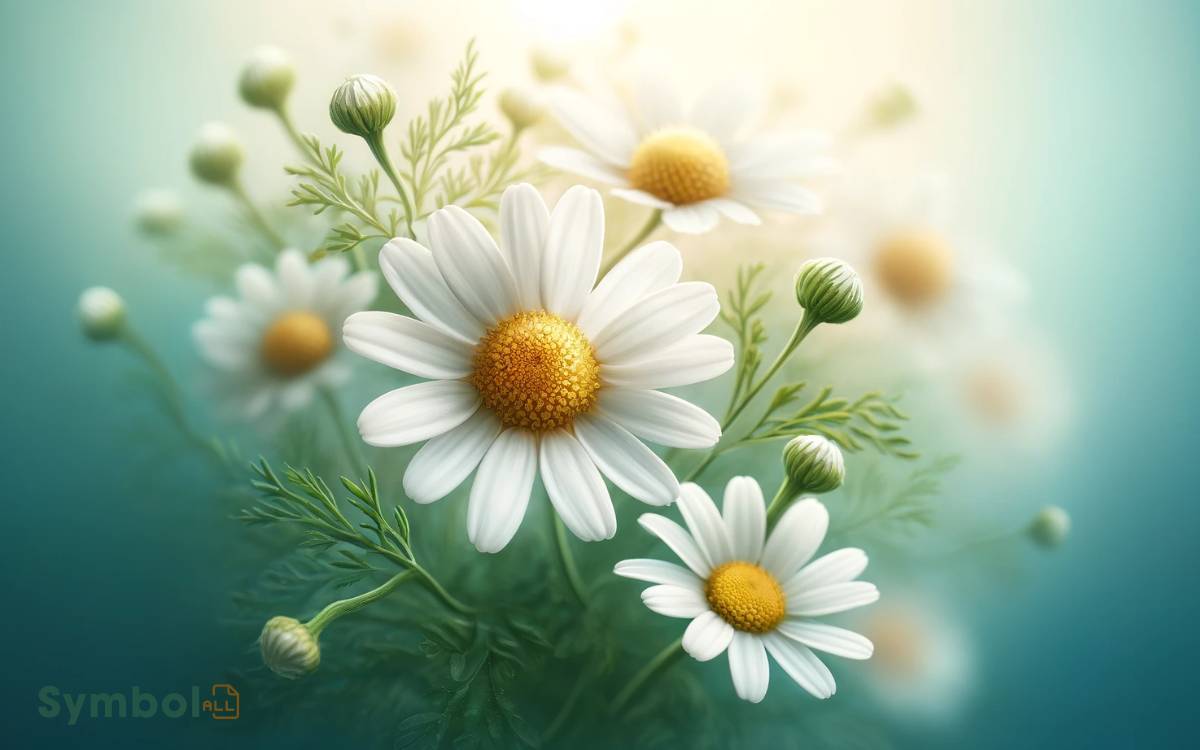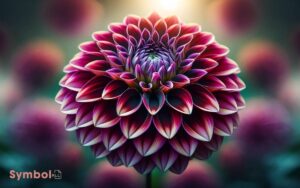Flower Symbol for Good Health: Sunflower!
For a symbol of good health, you might consider the sunflower. Its radiance and vitality not only represent good health but are backed by its ability to efficiently harness solar energy for photosynthesis.
This essential is key for its growth and the production of seeds, which are packed with necessary fatty acids, vitamins, and minerals essential for well-being.
Similarly, chamomile stands out for its tranquility and health symbolism. Its apigenin content helps reduce insomnia, promoting better sleep and soothing effects.
By understanding these flowers’ characteristics, you’re introduced to the intricate connection between flora and health. There’s more beneath the surface of these symbols. By delving deeper, you uncover how these blooms often carry cultural, medicinal, and even mystical significance. For instance, the myrtle flower spiritual meaning is tied to love, purity, and peace, often serving as a symbol in ceremonies and rituals. Through such insights, we can see how nature’s beauty intertwines with human traditions and well-being, creating a profound tapestry of connection.

Key Takeaways
The Significance of Flowers
Flowers, often perceived as mere decorative elements, actually play an essential role in ecosystems by facilitating pollination and serving as indicators of environmental health.
You mightn’t realize it, but every time you admire a flower, you’re witnessing a critical biological process in action.
These vibrant entities aren’t just for show; they’re crucial for the reproduction of many plants, transferring pollen from one flower to another. This isn’t a trivial task. It’s a foundational process that sustains food chains and biodiversity.
Additionally, the presence, abundance, and health of certain flowers can tell us much about the quality of our environment.
They act as natural sensors, signaling changes that could affect all living organisms. Understanding their significance goes beyond aesthetics; it’s about recognizing their pivotal role in our survival.
Peony: A Blossom of Healing

You’ll find that the peony isn’t just visually pleasing; its medicinal qualities have been acknowledged and utilized in traditional medicine for centuries.
Exploring the cultural importance of peony reveals its deep-seated association with healing, prosperity, and honor across different societies.
Additionally, understanding the conditions necessary for growing healthy peonies can enhance their therapeutic benefits and guarantee their longevity in your garden.
Peonys Medicinal Properties
Renowned for its lavish blooms, the peony harbors a wealth of medicinal properties that have been utilized in traditional medicine for centuries.
The root of the peony, particularly, contains paeonol, a compound known for its anti-inflammatory and analgesic effects. This makes it a valuable resource in treating conditions such as arthritis and menstrual cramps.
Additionally, scientific studies have identified that peony extracts can modulate the immune system, potentially benefiting autoimmune disorders.
Its antioxidant properties also suggest a role in neutralizing free radicals, thereby reducing oxidative stress and possibly lowering the risk of chronic diseases.
You’ll find that the peony’s contribution to health extends beyond its visual appeal, marking it as a significant plant in the domain of herbal medicine.
Cultural Significance of Peony
Beyond its medicinal prowess, the peony holds deep cultural significance, symbolizing wealth, honor, and the promise of healing across various societies.
You’ll find that in ancient texts, peonies are frequently mentioned not just for their beauty, but as emblems of prosperity and recovery.
Scientifically, this isn’t just folklore. The compounds found in peonies, such as paeonol, have been studied for their anti-inflammatory and antioxidant properties.
Culturally, the evolution of the peony’s image from mere floral beauty to a symbol of opulence and health is fascinating. It’s a transformation that reflects society’s evolving understanding of natural remedies and the importance of integrating traditional beliefs with scientific findings.
This duality enhances the peony’s stature in cultural practices, making it a revered flower in celebrations of health and prosperity.
Growing Healthy Peonies
Understanding the cultural and medicinal significance of peonies sets the stage for appreciating the importance of nurturing these plants to guarantee they reach their full healing potential.
To foster healthy peonies, you’ll need to focus on their specific requirements. Peonies thrive in well-drained soil enriched with organic matter, showcasing their preference for environments that facilitate robust root growth without waterlogging, which can lead to root rot.
Ideal sunlight—about six hours of direct exposure is critical for vigorous growth and bloom production.
Additionally, maintaining a pH level between 6.5 and 7.0 in the soil is paramount for the absorption of essential nutrients.
Implementing a balanced, slow-release fertilizer annually supports their lush foliage and sizable blossoms. By adhering to these conditions, you cultivate not just the plant but its inherent healing virtues.
Sunflower: Radiance and Vitality

Sunflowers symbolize radiance and vitality, embodying the essence of good health through their heliotropic nature, which allows them to turn towards the sun throughout the day.
This unique characteristic demonstrates a profound adaptability and efficiency in harnessing solar energy for photosynthesis, contributing to their robust health and vigorous growth.
The sunflower’s ability to absorb and convert sunlight into chemical energy isn’t only a marvel of nature but also serves as a metaphor for the importance of seeking out positive, life-sustaining resources in our own lives.
Their large, bright blooms are rich in nutrients, offering seeds that deliver essential fatty acids, vitamins, and minerals, further cementing their status as a symbol of good health and well-being.
Lavender: Soothing and Restorative

You’ll find lavender’s healing properties anchored in its volatile oils, which exhibit significant anti-inflammatory and antiseptic qualities.
When you focus on cultivating lavender successfully, it’s important to understand the plant’s preference for well-drained soil and ample sunlight, factors that directly influence its therapeutic potency.
This knowledge not only enhances your garden’s aesthetic appeal but also maximizes the health benefits lavender can offer.
Lavenders Healing Properties
Furthermore, renowned for its soothing and restorative properties, lavender offers a myriad of health benefits rooted in its essential oils and floral compounds.
You’ll find that the primary component, linalool, acts as a potent anti-inflammatory and sedative, directly impacting your nervous system to alleviate stress and promote relaxation.
Similarly, lavender’s linalyl acetate works in tandem to enhance these calming effects, making it an ideal natural remedy for anxiety and sleep disorders.
Scientific studies have also highlighted its antibacterial and antifungal prowess, which can aid in skin healing and reduce the occurrence of acne and other skin conditions.
When inhaled or applied topically, lavender oil has shown potential in reducing pain, particularly in cases of headaches, sore muscles, and joint pain, offering a holistic approach to pain management.
Cultivating Lavender Successfully
To ensure the prime growth and therapeutic effectiveness of lavender plants, it’s crucial to provide them with well-drained soil and ample sunlight.
Lavender thrives in alkaline, sandy, or gravelly compositions, promoting excellent root health by avoiding waterlogging, a condition harmful to its development.
You’ll find that placing your lavender in a spot that receives at least six hours of direct sunlight daily greatly enhances its oil concentration, directly tied to its aromatic potency and medicinal qualities.
It’s also vital to space them adequately, about 24 to 36 inches apart, promoting air circulation and reducing fungal diseases.
Implementing a minimal irrigation strategy post-establishment mirrors the natural arid conditions lavender originates from, further inducing stress, which paradoxically boosts its essential oil profile, heightening its soothing and restorative properties.
Chamomile: Tranquility and Health

Why is chamomile consistently heralded as a symbol of tranquility and health in various cultures?
This recognition is deeply rooted in its biochemical composition. Chamomile contains apigenin, an antioxidant that binds to certain receptors in your brain, promoting sleepiness and reducing insomnia, or chronic inability to sleep.
Additionally, its anti-inflammatory and antibacterial properties play a significant role in promoting health. These properties can help reduce inflammation, potentially lowering the risk of several diseases, including heart disease and cancer.
Moreover, chamomile’s ability to fight bacteria lends itself to a natural remedy for various ailments, reinforcing its status as a beacon of health.
The Role of Flowers in Wellness Practices
Building on the understanding of chamomile’s health benefits, it’s important to explore how various flowers contribute to wellness practices through their unique properties and uses.
Flowers play a pivotal role in holistic health approaches by providing essential compounds that can positively affect the body’s physiological and psychological states.
- Lavender: Known for its calming effects, lavender can reduce anxiety and improve sleep quality due to its linalool and linalyl acetate compounds.
- Echinacea: This flower boosts the immune system by stimulating phagocytosis, enhancing the mobility of leukocytes, and increasing the body’s production of interferon.
- Calendula: Offers anti-inflammatory properties, making it beneficial for wound healing and skin health through its potent antioxidants and saponins.
These examples underscore the intricate ways flowers support wellness, highlighting their scientific relevance in health maintenance and disease prevention.
Conclusion
In the garden of wellness, flowers aren’t just decorative petals; they’re the guardians of our health. Peonies, sunflowers, lavender, and chamomile stand as natural sentinels, each offering unique biochemical bouquets that nurture our bodies and minds.
Their roles in wellness practices aren’t mere folklore; they’re underpinned by a growing body of scientific evidence. By integrating these floral guardians into our lives, we don’t just decorate our environment—we fortify our health, weaving nature’s resilience into the fabric of our being.






